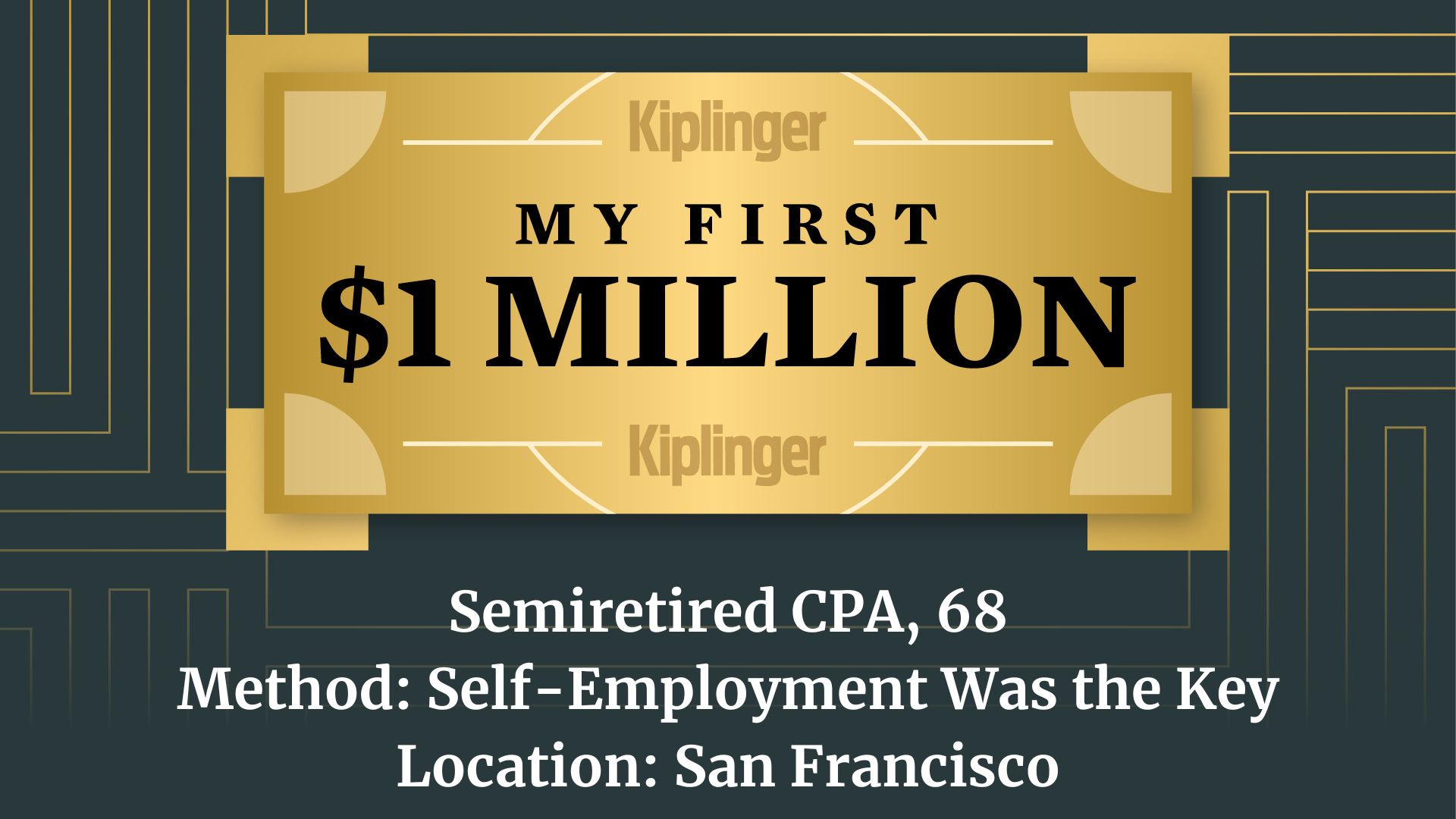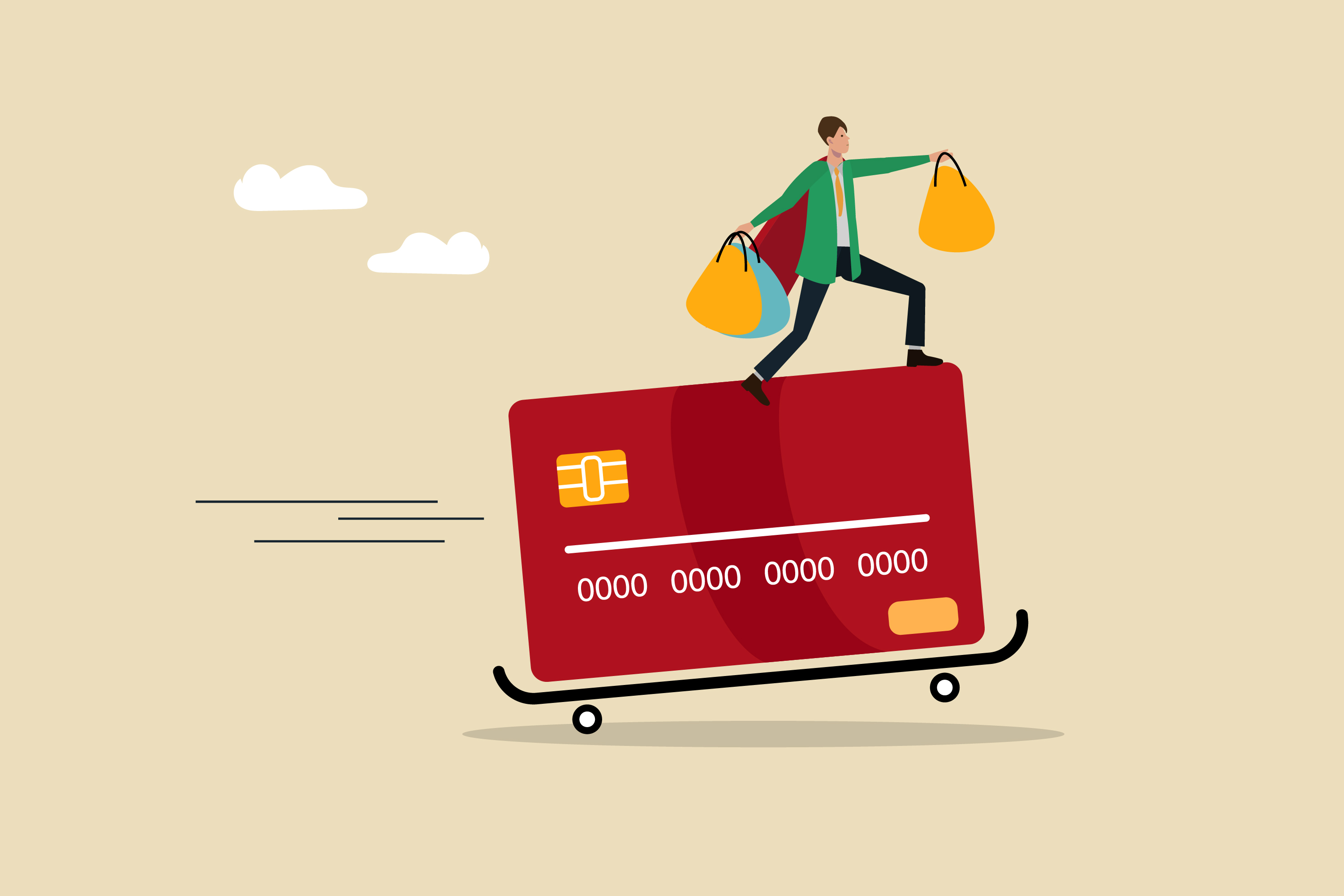This Grocery Method Can Save You Time and Money
The 6-to-1 grocery method can help you save money, reduce waste and eat healthier.

If you’re tired of spending a fortune every time you go to the grocery store, this viral budgeting method could help. The 6-to-1 grocery method, popularized on TikTok by Chef Will Coleman, can help make grocery shopping easier and put more money in your pocket.
Even though inflation is cooling, grocery prices remain elevated, putting a strain on many household’s budgets, and the last inflation report actually showed a jump in food prices. The food at home index rose 0.4% in September, with a 2.3% increase for all food items over the previous year. Meats, poultry, fish and eggs rose 3.9% over the previous year.
High prices have led many individuals to try alternative budgeting methods, like the 60/30/10 method, to more effectively manage their money. The 6-to-1 grocery method tackles one particular aspect of your spending — grocery shopping.
From just $107.88 $24.99 for Kiplinger Personal Finance
Become a smarter, better informed investor. Subscribe from just $107.88 $24.99, plus get up to 4 Special Issues

Sign up for Kiplinger’s Free Newsletters
Profit and prosper with the best of expert advice on investing, taxes, retirement, personal finance and more - straight to your e-mail.
Profit and prosper with the best of expert advice - straight to your e-mail.
The 6-to-1 grocery method
The 6-to-1 grocery method provides structure to your grocery list, making shopping easier and more cost-effective. Next time you go to the supermarket, you’ll buy six vegetables, five fruits, four proteins, three starches, two sauces/spreads and one "fun" item as a treat.
“This makes grocery shopping way easier, way cheaper and you get in and out, so you’re not there all day long,” Chef Coleman says in a TikTok explaining the method.
Before you go to the store, you may want to have an idea of some meal concepts you plan on cooking in order to narrow down your choices, but the method itself is meant to provide flexibility.
You might choose to buy what’s on sale (even if it’s not the vegetables or meat you initially planned on purchasing) to further increase your savings. Maybe you need to opt for frozen veggies instead of fresh ones. Or maybe you have a large family and need to increase the quantity of food you buy. Overall, the method is supposed to be adapted to your personal preferences and needs.
Tom Jauncey, CEO at Nautilus Marketing told Kiplinger he saves $50 a week by using this method and recommends it for individuals who want to streamline grocery shopping while saving money.
Health.com provides a great example of what a 6-to-1 grocery list looks like and what meals you can make with those ingredients.
| Row 0 - Cell 0 | Row 0 - Cell 1 |
Vegetables | Frozen fajita veggie mix, spaghetti squash, frozen stir-fry veggies, sliced carrots, salad kit, cherry tomatoes |
Fruits | Avocado, strawberries, blueberries, mandarin oranges, bananas |
Proteins | Chicken breast, lean ground turkey, frozen shrimp, eggs |
Starches | Whole grain tortillas, whole grain bread, rolled oats |
Sauces | Pasta sauce, stir-fry sauce |
Fun item | Ice cream |
Using the above ingredients, you can make the following five meals.
| Row 0 - Cell 0 | Row 0 - Cell 1 |
Meal 1: | Whole grain chicken tacos with frozen bell peppers seasoned with taco seasoning from your pantry |
Meal 2: | Spaghetti squash Bolognese with lean ground turkey and pasta sauce |
Meal 3: | Shrimp stir-fry with shrimp, frozen stir-fry veggies, and stir-fry sauce |
Meal 4: | Avocado toast on whole grain bread with over easy eggs and blueberries on the side |
Meal 5: | Protein oatmeal made with rolled oats cooked with egg whites for additional protein and topped with strawberries and bananas |
Of course, you likely have other essentials on your list that aren't included in the method. For example, I burn through coffee beans so quickly that I usually grab a bag every other time I grocery shop. In cases like this, you don't have to sacrifice or eliminate these purchases entirely but rather incorporate them into the overall 6-to-1 plan. Think about what is essential and what you can get by without.
Not only can the method help you save money and eliminate impulse purchases, but it also reduces food waste, saves time and makes it easier to eat healthy.
Related Content
Profit and prosper with the best of Kiplinger's advice on investing, taxes, retirement, personal finance and much more. Delivered daily. Enter your email in the box and click Sign Me Up.

Erin pairs personal experience with research and is passionate about sharing personal finance advice with others. Previously, she was a freelancer focusing on the credit card side of finance, but has branched out since then to cover other aspects of personal finance. Erin is well-versed in traditional media with reporting, interviewing and research, as well as using graphic design and video and audio storytelling to share with her readers.
-
 10 Cheapest Places to Live in Washington
10 Cheapest Places to Live in WashingtonProperty Tax Is Washington your go-to ski destination? These counties combine no income tax with the lowest property tax bills in the state.
-
 Healthy to 100: Secrets from Countries Where Retirees Age Best
Healthy to 100: Secrets from Countries Where Retirees Age BestLongevity is a team sport, according to author Ken Stern. Here's the secret sauce for living long, healthy lives from countries like Italy and Japan.
-
 My First $1 Million: Semiretired CPA, 68, San Francisco
My First $1 Million: Semiretired CPA, 68, San FranciscoEver wonder how someone who's made a million dollars or more did it? Kiplinger's My First $1 Million series uncovers the answers.
-
 My First $1 Million: Semiretired CPA, 68, San Francisco
My First $1 Million: Semiretired CPA, 68, San FranciscoEver wonder how someone who's made a million dollars or more did it? Kiplinger's My First $1 Million series uncovers the answers.
-
 I'm a Wealth Adviser: These Are the 7 Risks Your Retirement Plan Should Address
I'm a Wealth Adviser: These Are the 7 Risks Your Retirement Plan Should AddressYour retirement needs to be able to withstand several major threats, including inflation, longevity, long-term care costs, market swings and more.
-
 Tip: Ways to Track Your Credit Card Rewards
Tip: Ways to Track Your Credit Card RewardsHere are the best strategies and apps to help you stay current with your credit card rewards.
-
 Do You Have an Insurance Coverage Gap for Your Valuables? You May Be Surprised to Learn You Do
Do You Have an Insurance Coverage Gap for Your Valuables? You May Be Surprised to Learn You DoStandard homeowners insurance usually has strict limits on high-value items, so you should formally "schedule" these valuable possessions with your insurer.
-
 How We Manage Our Finances Together as a Married Couple
How We Manage Our Finances Together as a Married CoupleDouglas Boneparth, a certified financial planner, and his wife, Heather Boneparth, speak with Kiplinger about couples managing finances.
-
 How AI Is Changing the Way Americans Spend on Live Events
How AI Is Changing the Way Americans Spend on Live EventsAI bots are reshaping ticket prices, resale markets and how fans shop. Here's what it means for your wallet and how to get the best deals on concerts, sports and shows.
-
 What Bilt Cardholders Need to Know as Wells Fargo Exits the Program
What Bilt Cardholders Need to Know as Wells Fargo Exits the ProgramA major shake-up in the Bilt Rewards program could affect your credit card, rent rewards and points strategy heading into 2026.
-
 Where to Stash Cash as Yields Fall, According to Advisers
Where to Stash Cash as Yields Fall, According to AdvisersYour best options depend on how soon you'll need the money and your tolerance for risk.